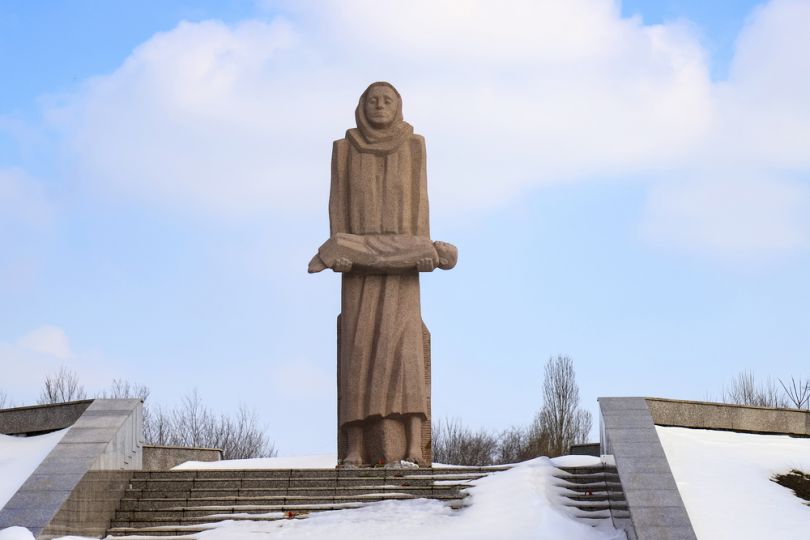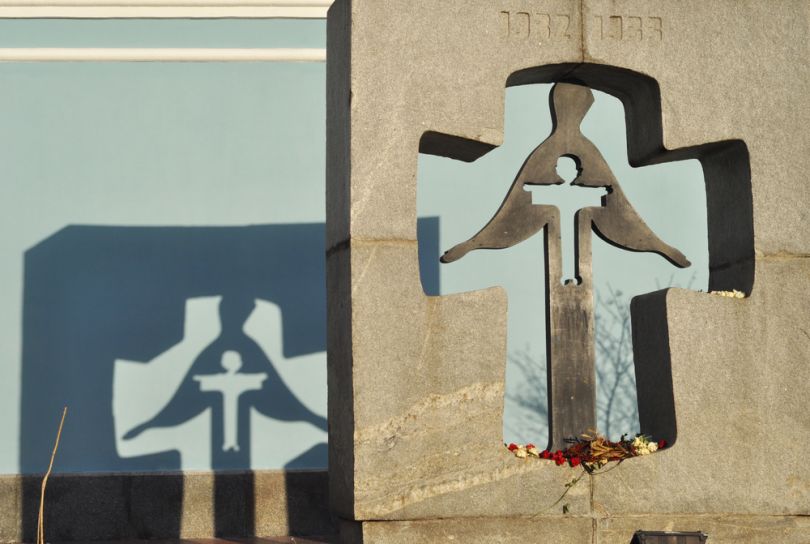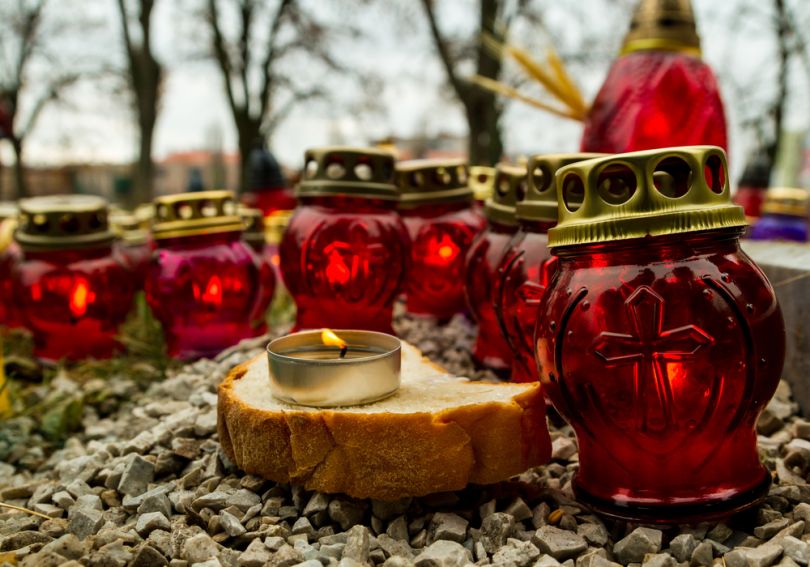What Caused Genocide in Ukraine?

The famine (“Holodomor”) in Ukraine in 1932-33 was not an occasional disaster caused by natural or social factors. Actually, it was a purposeful terror act of the Soviet authorities against Ukrainian people – therefore it was a genocide in the full sense of the word. The Stalin`s government used its power to create an artificial famine in Ukraine, consciously foredooming millions of people for starvation and death. The Ukrainian genocide of 1932-33 eliminated a whole class of rich and independent farmers who did not want to become a part of the Soviet system. To consolidate the power of the Soviets, Stalin has not just liquidated the generation of Ukrainian farmers, but has also disrupted traditions, social basics, spiritual culture and authentic uniqueness of the Ukrainian nation.
Stalin`s Collectivization and Resistance of Ukrainians

Photo: monument to the victims of famine in Dnipro
In 1928, the Soviet government has declared its course for collectivization. It meant that all private farms had to be united into collective farms in state ownership. Each villager was supposed to have a particular number of working days paid for with the natural products. However, these amounts of payment were usually so small that people did not have enough food to feed themselves and their families. Such innovations of the Bolsheviks were met by the resolute rebuff of the Ukrainians. The historians have registered around 4 000 cases of villagers` protest against collectivization in the end of 1920s and the beginning of 1930s. The Soviet government responded aggressively, forcing people to join collective farms through terror and propaganda. In 1932, an unachievable plan of grain harvest collection was set for Ukraine. That was done with the two main purposes: to make people join collective farms and to stop Ukrainian national and class resistance movement. On August 7, 1932, the Soviet authorities had signed a repressive law that was known as “Law of spikelets” afterwards.
Repressive Soviet Laws of 1932-33

According to the “Law of Spikelets”, that was used during the Soviet famine in Ukraine, all the property of collective farms was considered as state property so that stealing it leaded to severe punishment. Hungry villagers who tried to collect the remains of harvest in the fields were sentenced for 10 years imprisonment with confiscation of property or even to execution by firing squad. Actually, the law prohibited people to possess any kind of food. The government sent special squads that ransacked people`s homes and took away any grain they found. These cruel actions were accompanied by physical and emotional abuse of Ukrainians. The next step taken by the Soviet government was imposing natural fines. The governmental squads had the right to take away not just grain, but also any other products or items that could be sold or changed for products. As the result, by spring 1933 death rate in Ukraine reached catastrophic level.
Ukrainian Genocide Facts

Photo: monument to the victims of famine in Kyiv
Planned confiscation of grain harvest and all other products during 1932-33 made millions of people die from hunger. At the same time, the Soviet government had significant reserves of grain and even imported it abroad during the Ukrainian genocide. While starving Ukrainians were prohibited to leave the country, Stalin regime denied the fact of famine and refused help from numerous world`s organizations, for example, foreign Ukrainian communities and International Red Cross.
Though Stalin and other authorities were aware of the reasons of that, mass homicide had never been investigated in the USSR and no one had ever been punished for it. During many years the artificial famine in Ukraine was denied by the Soviet government and it was even prohibited to mention it. Due to the lack of correct demographic data, it is hard to estimate the real number of people killed by famine. Different historians tell different numbers – from 1.8 million to 10 million. However, the most of specialists agree on the number 3.5 million.
World`s Attitude

The issue of Ukrainian famine still rises many disputes among historians and politicians. For example, Russian government still denies the facts of the Soviet genocide in Ukraine. However, more than 20 countries acknowledge the famine in Ukraine in 1932-33 as a genocide of Ukrainian nation. The list of these countries includes Australia, Andorra, Argentina, Brazil, Georgia, Ecuador, Estonia, Spain, Italy, Canada, Colombia, Latvia, Lithuania, Mexico, Paraguay, Peru, Poland, Slovakia, the USA, Hungary, Czech Republic, Chile, as well as the Vatican as a separate state. Recently, House of the United States Congress has adopted the resolution declaring the famine as a national genocide.
In 2006, Holodomor of 1932-33 was officially declared as the genocide of Ukrainians by the Ukrainian government. Each forth Saturday of November people all over Ukraine light candles in the memory of those who have suffered and passed away during Ukrainian genocide of 1932-33.
Photo source: depositphotos.com. All photos belong to their rightful owners.









